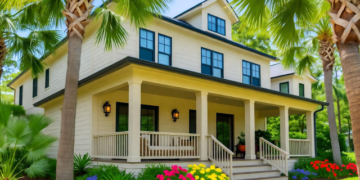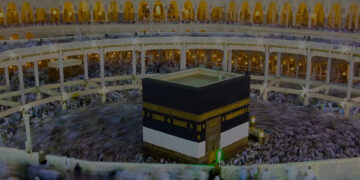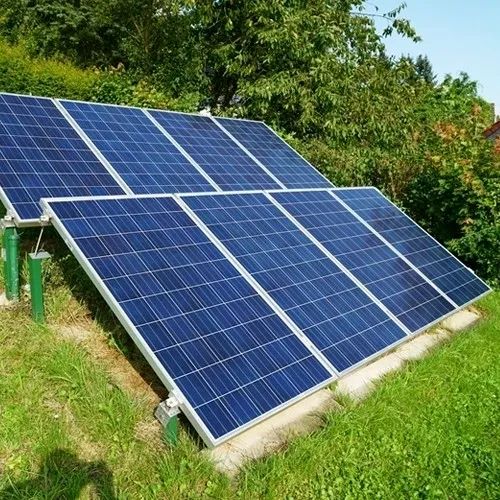Solar power is growing fast across Virginia as more homeowners and businesses turn to clean energy. But not every property is perfectly flat, which can make installing panels tricky. For those interested in ground mount solar in Virginia, sloped terrain can create unique challenges that require smart planning and practical solutions.
Below, let’s look at how solar systems can work effectively on uneven land and what makes sloped installations different from flat-ground setups.
Understanding the Challenge of Sloped Terrain
Installing solar panels on a slope is not as simple as placing them on level ground. The tilt and angle of the slope affect how much sunlight the panels can capture throughout the day. On steeper hills, the ground may also shift over time, which can affect the structure holding the panels.
Soil stability, drainage, and accessibility are some of the first things solar installers evaluate before starting the work. Loose soil or areas that are prone to erosion can make it difficult to secure panel foundations safely. Additionally, working on uneven surfaces means more labor and sometimes heavier equipment to ensure everything aligns correctly.
Site Assessment: The Foundation of Every Solar Project
Every successful installation starts with a detailed site assessment. During this step, professionals examine the property’s slope, soil type, and sunlight exposure. They may use tools like ground-penetrating sensors or mapping software to measure the grade of the land.
This helps in designing the best mounting system and choosing the right location for the panels. In some cases, installers may need to regrade parts of the land to make it more stable. By planning carefully from the start, they can reduce the risk of shifting foundations or uneven panel angles later.
Smart Mounting Systems for Uneven Land
Ground-mounted solar systems for sloped terrain often use adjustable racking structures. These systems allow each row of panels to be placed at the correct angle to face the sun, even if the ground underneath is uneven.
Steel posts or concrete footings are commonly used to secure these systems. For very steep slopes, driven piles or screw anchors might be used instead of standard mounts. These provide extra strength and prevent the panels from shifting over time.
Modern designs also consider water drainage. Proper spacing and tilt help rainwater flow away from the panels instead of pooling around them, protecting both the structure and the soil.
Balancing Efficiency and Appearance
Homeowners often care about how the solar array will look on their property. On a slope, the system can be designed to blend better with the natural contour of the land. Some prefer terraced installations that follow the hill’s shape, while others go for uniform rows if the terrain allows it.
Both styles can deliver strong energy production if positioned correctly. The key is finding a balance between performance and visual appeal so the solar system fits well into the landscape.
In Summary: Long-Term Benefits of Proper Installation
While it might take more planning and equipment to install solar on sloped land, the long-term benefits make it worth it. A well-installed system can handle strong winds, resist soil movement, and produce consistent power for years.
With professional ground mount solar installation in Charlottesville, VA, property owners can make use of hilly land that might otherwise go unused. Solar energy not only lowers electricity bills but also adds value to the property while supporting a cleaner environment.
By working with experienced installers who understand the challenges of sloped terrain, turning uneven ground into a powerful solar asset becomes completely achievable.
















